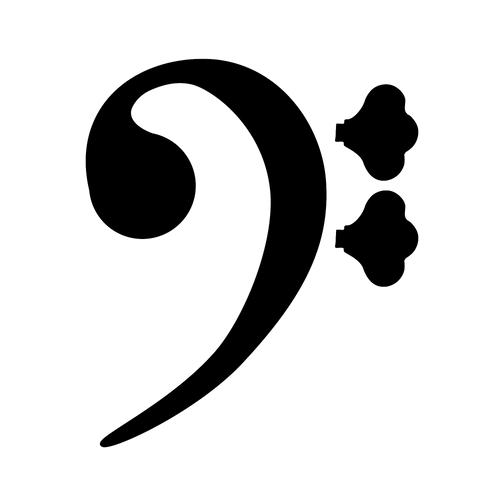If you’ve ever stood behind a double bass and felt the rumble of a low E string, you know that how you pull the sound matters as much as what notes you play. At some point, every bassist considers whether the German or French bow feels more natural in their hands. While both can achieve a rich and expressive tone, each offers a unique feel, posture, and approach to sound production.
Let me talk about what makes this bow style unique.
Exploring the German Bow Style
According to Double Bass HQ, the physical differences between these bow styles go beyond just the grip. The French bow resembles a violin bow in construction. The German bow features a wider frog and a different screw mechanism for tightening and loosening the bow hair.
The German bow (sometimes called the Butler bow) puts your arm weight directly over the string. Your hand position creates a natural downward pressure. You may find this grip produces a fuller, more robust sound with less effort. The "underhand" French bow requires different muscle engagement to achieve similar volume.
But in truth, both styles can lead to great results. It always depends on what feels right in your hand and how your body responds to the motion.
What Hybrid German Double Bass Bows Bring
Now, let’s talk about its materials. The traditional pernambuco bows face sustainability concerns. The Pernambuco tree grows only in Brazil's Atlantic Forest, and its populations are threatened. The Convention on International Trade in Endangered Species (CITES) now categorizes pernambuco as Appendix II, meaning the tree must be strictly regulated to prevent extinction.
According to Shar Music, carbon fiber offers remarkable stability compared to traditional wood. These hybrid designs give you the warmth of pernambuco wood with added strength from carbon fiber. A hybrid design could also handle shifts in temperature and humidity better, which makes it a reliable option for touring or performing in varied environments.
Introducing the iStrad German Bow version
I’ve been using the iStrad French Bow for my performances and recordings, and what I love most is its balance and projection. Now, I’m excited to announce that the German version of the iStrad Bow is available for bassists who prefer the underhand technique. Even though I use the French model, you can expect the same level of craftsmanship, power, and clarity.
Each iStrad German Bow is built with precision and care. The bow uses naturally white and black horsehair sourced from the Siberia and Mongolia regions, carefully selected and left unbleached to maintain its natural strength and elasticity. It is something that can help prevent brittleness over time. It feels balanced and responsive in hand, with a balance point set 8 ¾ inches from the end of the shaft.
Every iStrad German Bow is produced and set up in the United States by the expert hands of bow makers from Florida Violins in Venice, FL, ensuring each piece meets professional performance standards from the moment it’s strung.
If you've wanted to try a German bow or you're looking to upgrade your current stick, this bow might be worth exploring. Check out the iStrad German double bass bow below!

